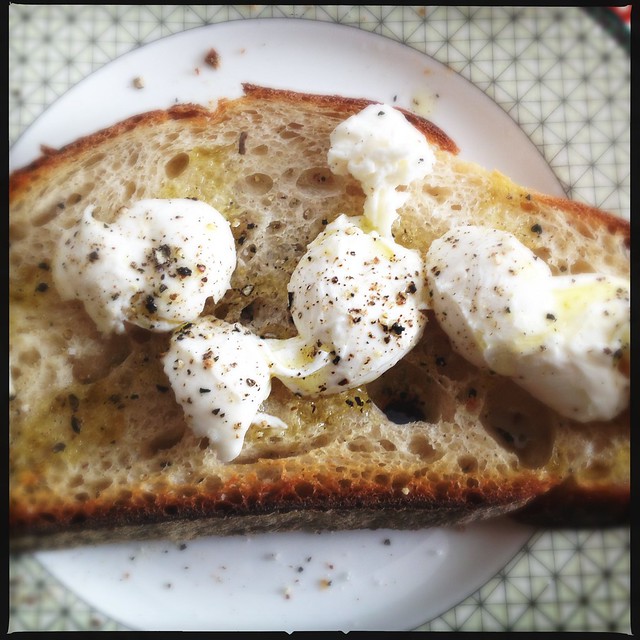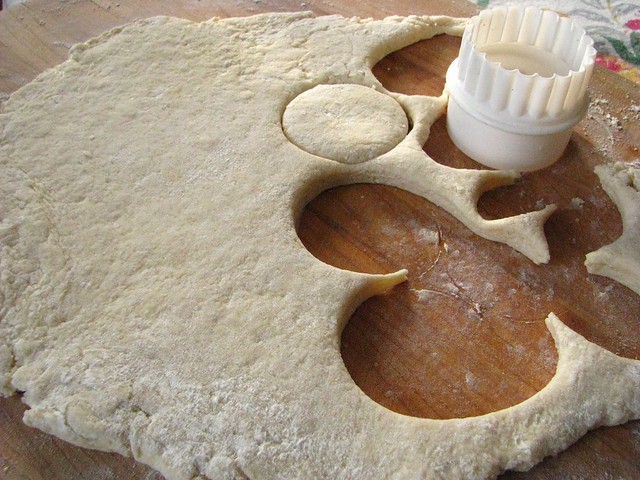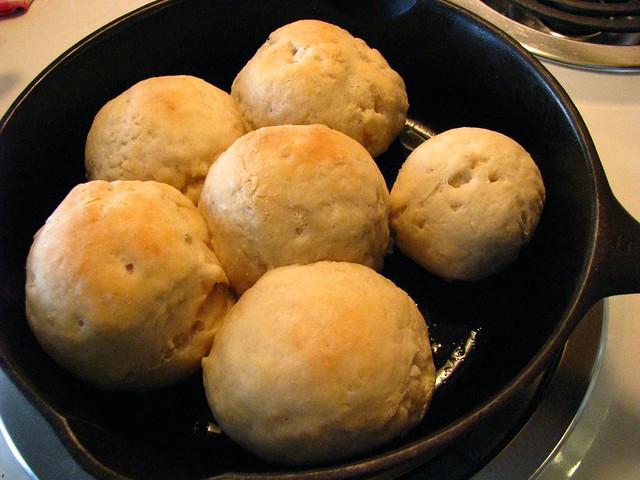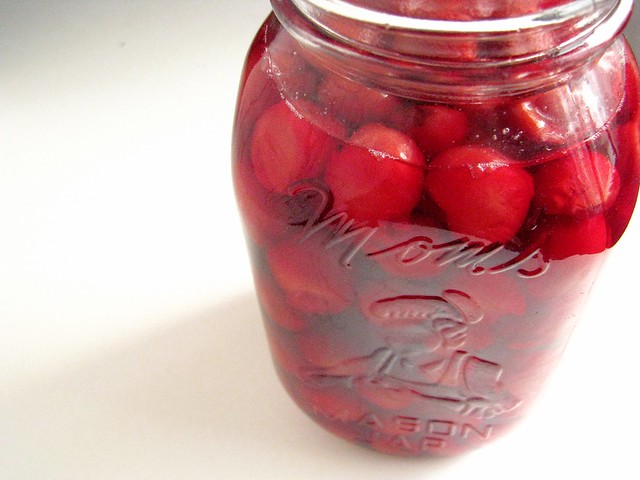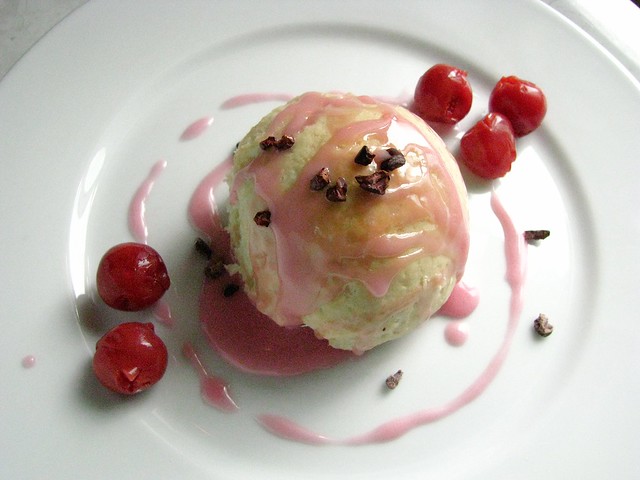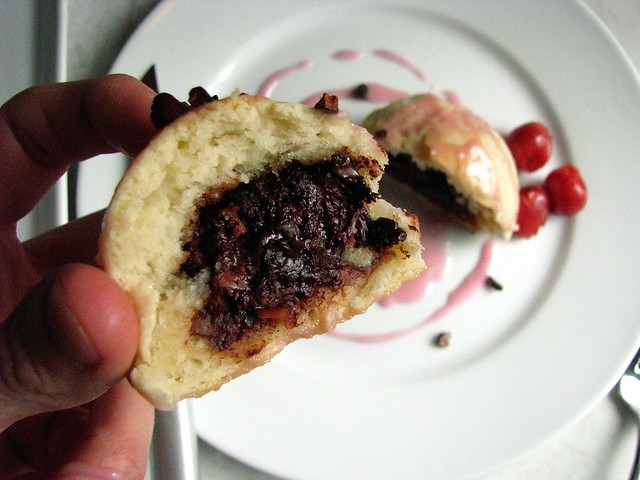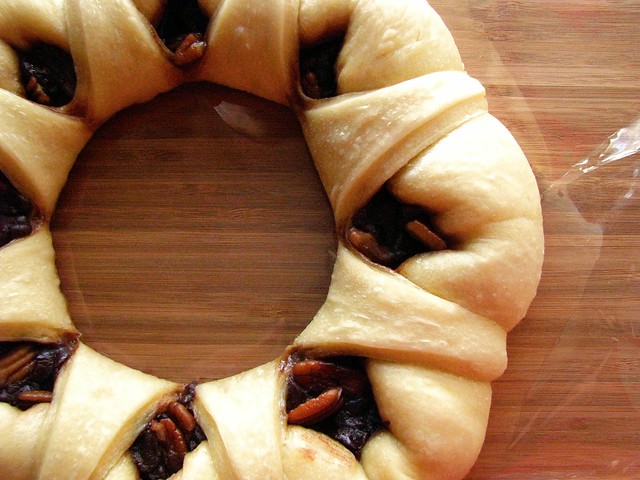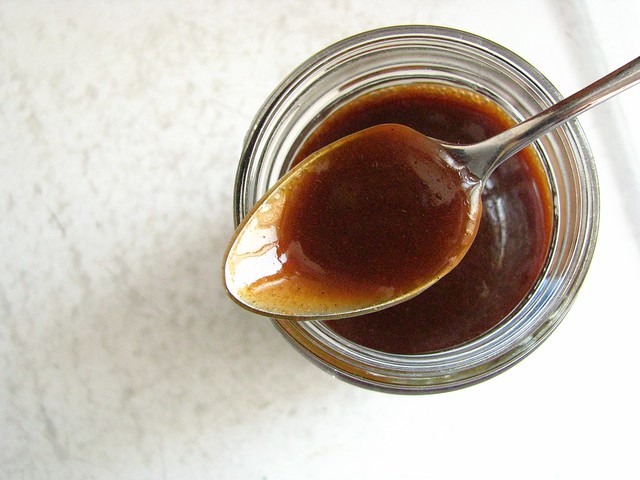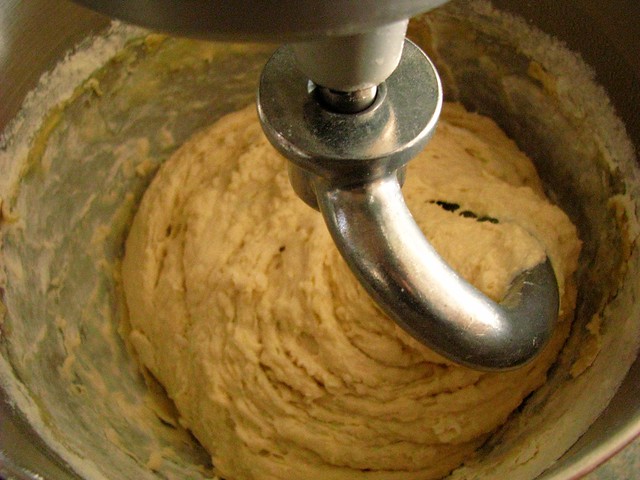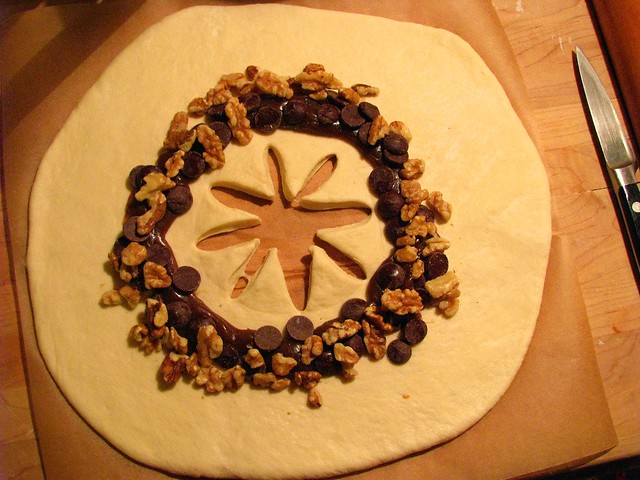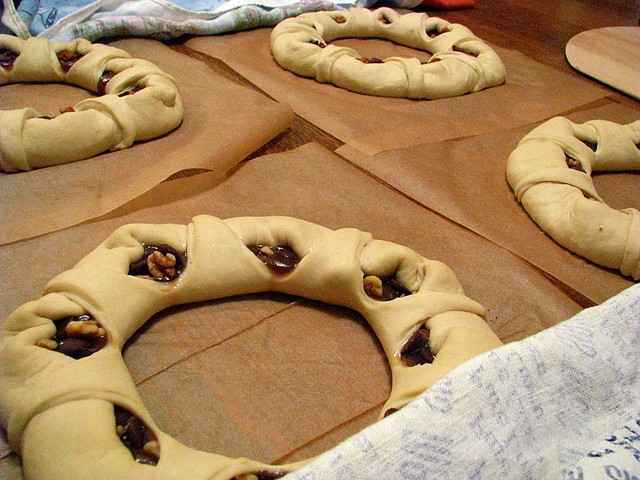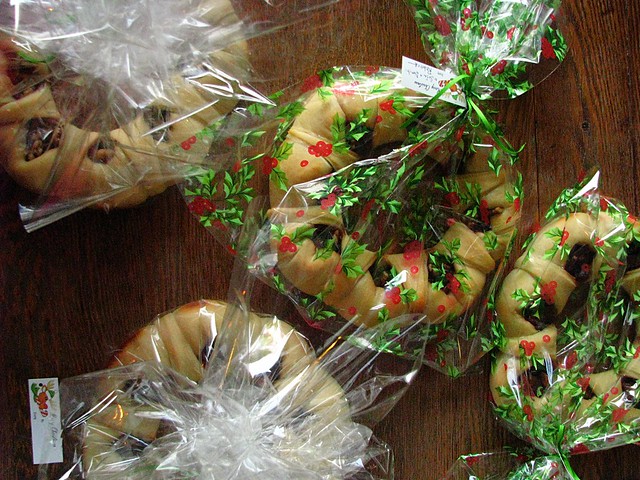I mentioned recently that I was actually disgusted by bread for a good many weeks. I couldn't think about it, or even have it in my line of sight. I purchased the first bread I've bought in years just to get my boys through, and I had to make sure it was hidden in a cabinet. I swear, I could smell it through the plastic packaging. Fortunately, that wave of nausea and bread phobia has passed, and I have felt like I'm making up for lost time: reading new-to-me bread books with vigor and back with a vengeance for playing with dough.
But this Blond Wig bread has me beguiled. I mix it in my stand mixer for several minutes and then it lazes about on the counter for 6 hours, only being folded 3 times before bench resting. I've autolysed and not autolysed with similar results, I wouldn't say the extra time spent on the autolyse is even worth it. I've made the motherdough (60% hydration firm starter) and let it cure at room temperature for 4 hours before putting it into the fridge, and I've made it and popped it right into the cold. Both methods seem fine to me depending on my time frame. Without refreshing, the motherdough holds for at least 3 days in the fridge. I made my breads when it was 2 days old, and when my 100% hydration starter was well fed (and floated in water like Chad Robertson recommends), in the morning before I mix.
Ken Forkish wrote somewhere in that book I'm reading that when the proportion of already fermented dough is high, autolyse isn't really necessary, and I'm suspecting that the small addition of milk makes the gluten break down in a really labor-free way for a home baker. At any rate, this loaf of bread has a sweet tang that comes from the refrigerated motherdough, a creamy texture and a cracking, brittle crust since I bake in a pot... all with the benefit of not so much work.
I'll let you pull up the recipe from Northwest Sourdough, but I'll give you my notes for my last loaves, which I had the foresight to scribble on a scrap of paper:
12:45 Mixed dough, no autolyse, using stand mixer. I let it mix with the dough hook until it pulled away from the sides of the bowl and formed a ball.
13:00 Covered the mixing bowl with a towel and then a stainless lid. Bulk rise until 19:00, with folds at 15:45, 17:00, and 18:00.
19:00 Preform dough into loaf and bench rest. I didn't mean for it to rest for a whole hour but it was before-bed reading time.
20:00 Form into loaves. I only have one brotform but need another, so one went into the basket and another into flour dusted cloth tucked into a colander. (The bread that rises in the cane basket always looks nicer, and seems to rise better.) I covered each of the baskets with a plastic bag and put them immediately into the fridge.
06:30 Took loaves out of the fridge.
06:45 Jury rigged my oven into a proofing box (boiling water in a bowl on the lowest shelf, breads still wrapped in plastic, on the shelf above) and let the loaves proof for 3 hours.
09:45 Breads out of the proofer and onto the counter. Took off the plastic bags and let them sit open to the air while the oven preheated to 500 f.
I baked the loaves in cast iron pots at 450 f. (reduce heat as soon as the breads are put into the oven), for 30 minutes with the lids on. After removing the lids, let them bake until deep brown, another 10-15 minutes or so.
Last week, I let the loaves rise at room temperature for about 4 hours before refrigerating, then put them into the cold for 6 hours before letting them proof for only 1 hour in my oven. I feel like the loaves last week had slightly better oven spring, but it could be that I should have left today's loaves to proof a little longer. Truth be told, I was aiming for a loaf that would be cool enough to slice by lunchtime... I need continual reminding that rushing the bread is never a good idea.
I also didn't slash today's bread, thinking that it would break apart naturally, like the Forkish (and Lahey) bread, at the seams that I placed into the bottoms of the proofing baskets. It didn't rise enough in the oven to split, another clue that I should have let it proof longer. I knew I should have gotten up earlier to attend to it...
Today is a day of Spring-like warmth, before we wake tomorrow to tackle a cold and desolate Winter once again. When sitting in my dining room with the windows open to properly enjoy such wintertime luck, this bread is my companion, a reminder of birth and rebirth, and living, breathing dough. It's enough reason for me to never want to leave my kitchen, to come close to perfection, or at least perfection for now. I know better than anyone that there is always a new bread to be obsessed with.
It feels so good to be back to my old self.


